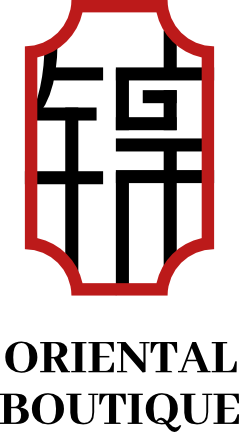From Qipao to New Chinese Style: Bridging Tradition and Modernity

In the global fashion scene, “Chinese style” has captured the world’s attention with its unique aesthetics and cultural depth. For many, the qipao, with its elegant curves and intricate details, instantly comes to mind as a symbol of Chinese beauty. However, as the world grows more interconnected, a new wave of Chinese-inspired clothing—often referred to as “New Chinese Style”—is emerging. This modern evolution combines traditional design elements with contemporary comfort and global sensibilities, making it particularly appealing and wearable for Western audiences.
1. Design Silhouettes: Beyond the Tailored Fit
The traditional qipao is famously form-fitting, designed to accentuate a woman’s natural lines and elegant posture. While striking, this sleek cut can be challenging for those less familiar with custom fittings or for those whose body types differ from the qipao’s original design ethos. In contrast, New Chinese Style clothing emphasizes diverse silhouettes. Loose A-line cuts, straight-fit tops, and shirts blending Eastern and Western tailoring create flexibility. Such design variety allows individuals of all body shapes and personal tastes to enjoy the essence of Chinese aesthetics without feeling constrained by a single, tight-fitting form.
2. Material Choices: More Than Silk and Satin
Classic qipaos often utilize sumptuous fabrics like silk and satin, frequently adorned with elaborate embroidery. While undeniably stunning, these materials can be delicate and less practical for everyday wear. New Chinese Style clothing broadens the spectrum of fabrics, incorporating cotton, linen, blended textiles, and even eco-friendly fibers. Not only are these materials easier to care for, they’re also more breathable and versatile, fitting seamlessly into different climates and lifestyles. For Western customers seeking effortlessly elegant pieces, these modern materials mean comfort and style can go hand in hand.
3. Versatile Functionality: From Festive Attire to Everyday Wear
The qipao is often viewed as formal wear reserved for special occasions—a heritage piece that shines at celebrations and ceremonies. Such grandeur, while beautiful, may not feel practical in daily life. New Chinese Style pieces, on the other hand, blend heritage elements with everyday functionality. Many of these garments can be paired with jeans, sneakers, or a casual blazer, making them appropriate for work, weekend outings, travel, or even a casual evening out. This adaptability resonates well with Western wardrobes, which value pieces that can transition effortlessly from one setting to another.
4. Cultural Expression: From Symbolic to Accessible
While qipaos carry deep cultural significance, their aesthetic—so deeply rooted in a specific cultural narrative—may feel less immediately relatable to those unfamiliar with East Asian traditions. New Chinese Style embraces a more interpretive approach. Designers take iconic elements like the Mandarin collar, knotted buttons, or stylized floral motifs and present them in simplified, modernized ways. This approach allows Western wearers to appreciate the beauty and elegance of Chinese-inspired fashion without feeling that they’re wearing a costume or something overly “foreign.” Instead, these garments open doors to cultural exchange, curiosity, and authentic appreciation.
In today’s interconnected world, fashion transcends borders. The evolution from qipao to New Chinese Style represents a fusion of heritage and innovation, tradition and versatility. For Western audiences, this means discovering pieces that echo the grace and refinement of Chinese aesthetics but also embrace comfort, adaptability, and modern taste. New Chinese Style clothing offers a natural, accessible way to enjoy a touch of Eastern elegance—bringing global inspiration right into everyday wardrobes.
